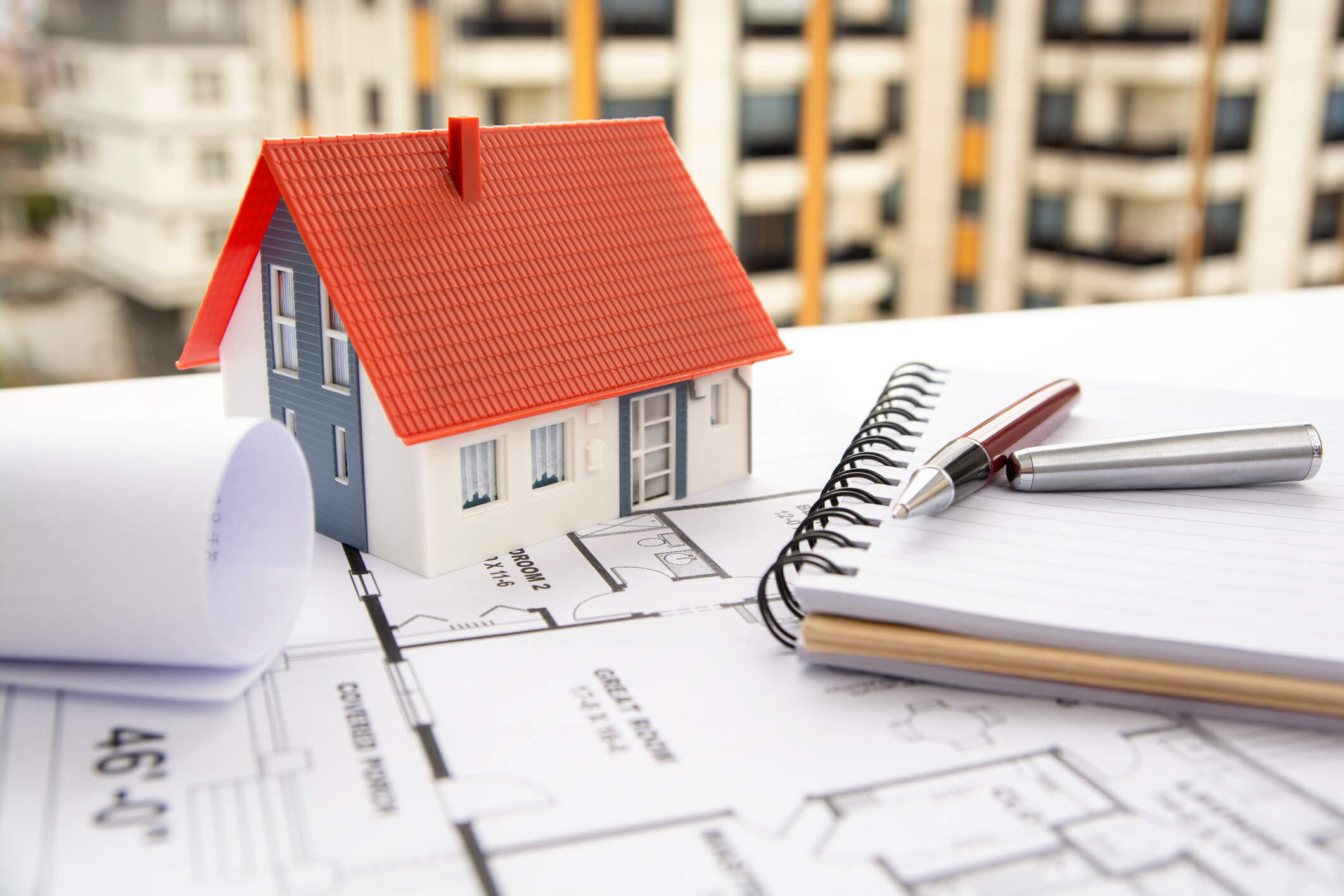The Role and Impression of Property Developers in Shaping Urban Landscapes
The Role and Impression of Property Developers in Shaping Urban Landscapes
Blog Article
Developers of property play an integral contribution to shaping the social, physical and economic landscapes of our cities. These individuals or companies contribute to the transformation of land into vibrant communities, commercial hubs, or housing complexes. They have a far-reaching impact beyond construction. They are also creators of urban settings, sculptors of skylines, and facilitators of progress for society. But, they are controversial, bringing up questions regarding the sustainability of their work, affordableness, and gentrification.
At the core of the role of a property developer is the complex interplay between creativity and pragmaticity. The developers or businesses they work with create designs that are not only able to meet requirements of the market but also connect with the distinct character of the area they are working in. From residential communities to commercial centres, each construction undergoes rigorous planning to ensure that it aligns with zoning regulations in addition to environmental factors and those of the future residents. By working with architects, engineers, as well as urban planners, developers breathe life into designs, and manage the process of construction from beginning through completion.
After the foundation is set, property developers embark on the intricate process of design and construction managing. In collaboration with architects, engineers, and contractors to translate their ideas into tangible structures that resonate with lifestyle and market trends. The concepts of sustainability and innovation are getting attention, as developers incorporate sustainable practices in their construction and techniques to increase energy efficiency as well as reduce the carbon footprint. Furthermore, a focus on the aesthetics and function plays vital roles in an appeal over time and growth of the property.
As well as physical growth, property developers play a significant role in shaping the social and economic landscape of the communities. By implementing strategic plans and investing, they contribute to the creation of vibrant neighborhoods complete with amenities essential to life like recreational space, leisure spaces and other cultural activities. They not only improve the living standards of people living there, but also bring in business which boost employment and promote a sense belonging. Developers also often participate in charitable endeavors and support local infrastructure and initiatives that improve communities in the area. To gather supplementary information please look here
In the world of commercial real properties, property developers function as the catalysts of economic expansion and revitalization of urban areas. By investing in commercial properties such as office buildings, retail centers, as well as industrial parks they encourage growth in employment, bring investors, and boost the general vitality of urban centres. Location selection, strategic location development, and amenities provision are essential to maximize the benefits of commercial projects. Furthermore, the adaptive reuse of old buildings or brownfield sites could bring new life to neglected regions, and encourage the development of new ideas and creative thinking in urban design.
Despite their inherent complexity and uncertainties, property owners remain indispensable catalysts for progress and success in the real estate sector. The ability of property developers to see the future, implement, and adjust to evolving market dynamics can lead to the development of innovative and resilient urban environments. By embracing responsible development practices as well as encouraging engagement with communities, and embracing diversity, developers have a key function in shaping a more diverse and sustainable future for generations to come.